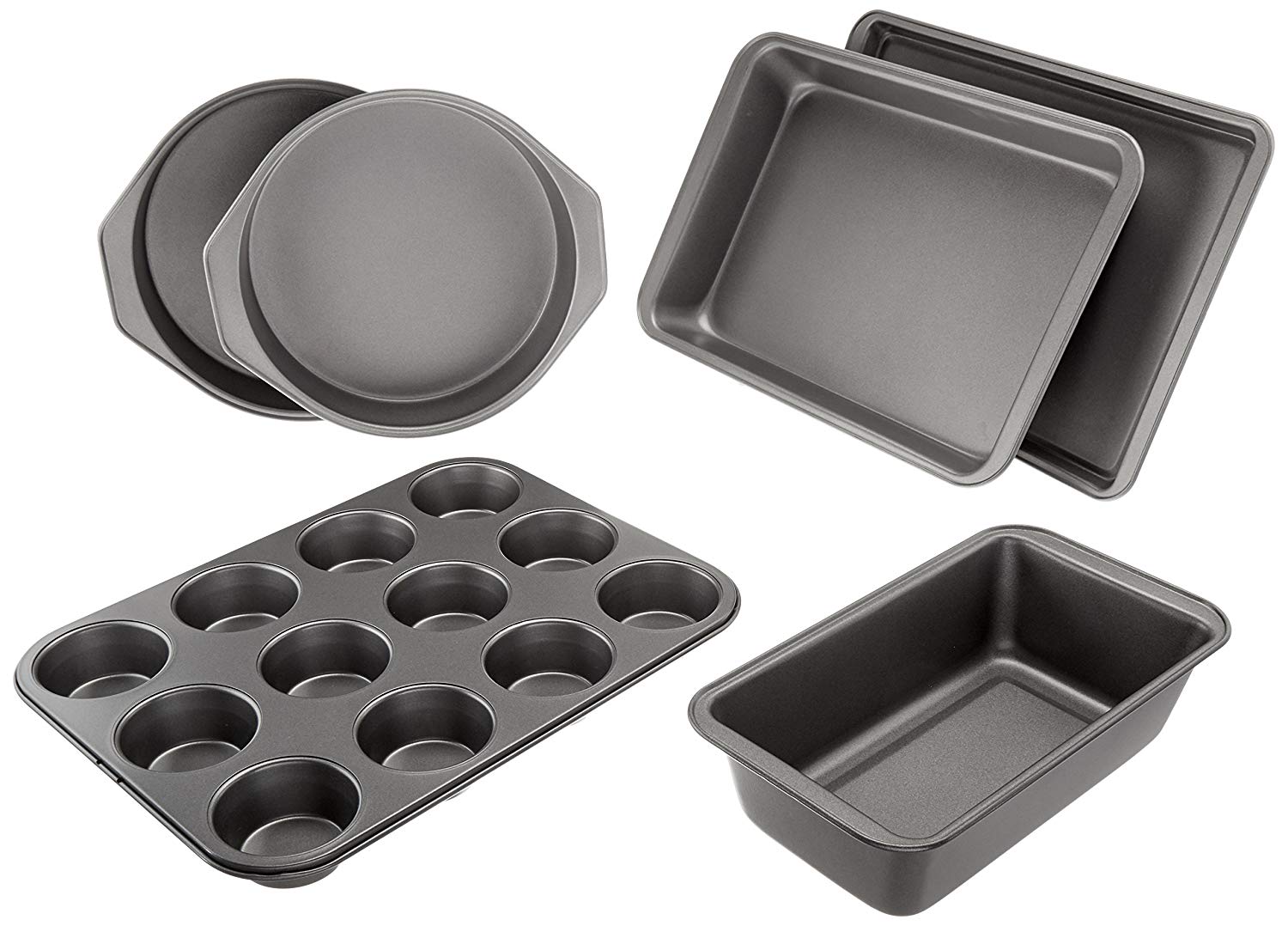When it comes to baking and roasting, the type of oven pans you use can significantly impact your cooking results. Whether you're a novice home cook or a seasoned chef, understanding the different types of oven pans available is essential for achieving perfect dishes. In this comprehensive guide, we will explore the various types of oven pans, their materials, and how to choose the best one to suit your culinary needs.
In addition to discussing the types of oven pans, we will also cover maintenance tips to ensure longevity, as well as some of the best brands on the market. By the end of this article, you'll be well-equipped to select the ideal oven pan for your kitchen, ensuring that every meal you prepare is cooked to perfection.
Join us as we delve into the world of oven pans, where we will provide you with expert insights, authoritative recommendations, and trustworthy information to enhance your cooking experience.
Table of Contents
- 1. Types of Oven Pans
- 2. Materials Used in Oven Pans
- 3. Size and Shape Considerations
- 4. Cooking Techniques with Oven Pans
- 5. Maintenance and Care of Oven Pans
- 6. Top Brands for Oven Pans
- 7. Common Questions About Oven Pans
- 8. Conclusion
1. Types of Oven Pans
Oven pans come in various types, each designed for specific cooking purposes. Here are the most common types:
- Baking Sheets: Flat pans used for baking cookies, pastries, and roasting vegetables.
- Casserole Dishes: Deep dishes ideal for casseroles, lasagna, and other baked dishes.
- Roasting Pans: Large, deep pans used for roasting meats and poultry.
- Pie Plates: Shallow dishes designed for baking pies and quiches.
- Loaf Pans: Rectangular pans used for baking bread and meatloafs.
2. Materials Used in Oven Pans
The material of an oven pan affects its performance and durability. Here are some popular materials used in oven pans:
Aluminum
Aluminum pans are lightweight and excellent heat conductors, making them ideal for baking. They often come with a non-stick coating for easy food release.
Stainless Steel
Stainless steel pans are durable, resistant to corrosion, and can withstand high temperatures. They are great for roasting and browning.
Ceramic
Ceramic pans provide even heat distribution and are aesthetically pleasing, making them perfect for serving dishes straight from the oven.
Cast Iron
Cast iron pans retain heat exceptionally well and are perfect for slow-cooking and baking. They require seasoning to maintain their non-stick properties.
3. Size and Shape Considerations
When selecting oven pans, consider the size and shape that will best suit your cooking needs:
- Standard Sizes: Most oven pans come in standard sizes that fit most conventional ovens. Ensure your chosen pan fits comfortably in your oven.
- Shape: Choose between round, square, or rectangular pans based on the type of dish you plan to prepare.
4. Cooking Techniques with Oven Pans
Different cooking techniques can be enhanced by using the right oven pan:
- Baking: Use baking sheets and casserole dishes for baked goods and savory casseroles.
- Roasting: Choose roasting pans for meats to allow for even cooking and browning.
- Broiling: Opt for shallow pans that allow heat to circulate around the food.
5. Maintenance and Care of Oven Pans
Proper maintenance will extend the life of your oven pans:
- Cleaning: Avoid using abrasive cleaners; instead, opt for gentle dish soap and a soft sponge.
- Storage: Stack pans carefully to avoid scratching and damage.
- Seasoning: For cast iron pans, regularly apply a thin layer of oil to maintain their non-stick surface.
6. Top Brands for Oven Pans
Some of the most reputable brands for oven pans include:
- Calphalon: Known for high-quality non-stick cookware.
- Pyrex: Renowned for durable glass baking dishes.
- Le Creuset: Offers premium enameled cast iron pans.
- Nordic Ware: Famous for durable baking sheets and specialty pans.
7. Common Questions About Oven Pans
Here are some frequently asked questions regarding oven pans:
- Can I use metal pans in a convection oven? Yes, metal pans are suitable for convection ovens.
- What is the best material for oven pans? It depends on your cooking style, but aluminum and cast iron are popular choices.
- How do I prevent sticking? Use parchment paper or non-stick spray for easier food release.
8. Conclusion
In conclusion, choosing the right oven pans is essential for achieving the best cooking results. With the variety of types and materials available, you can find the perfect pan to suit your culinary needs. Remember to consider size, shape, and maintenance to ensure your pans last for years to come. Don’t hesitate to share your thoughts or experiences in the comments below, and feel free to explore other articles for more cooking tips and tricks!
Thank you for reading, and we hope to see you back for more insightful articles!
You Might Also Like
Jagged Little Pill Musical: A Deep Dive Into The PhenomenonUltimate Guide To Oven Pans: Choosing The Right One For Your Kitchen
Dozen Krispy Kreme Donuts Price: Everything You Need To Know
Me And The Prince 3: A Journey Of Love And Adventure
Kim Kardashian's Sex Tape: A Deep Dive Into Its Impact And Legacy
Article Recommendations


